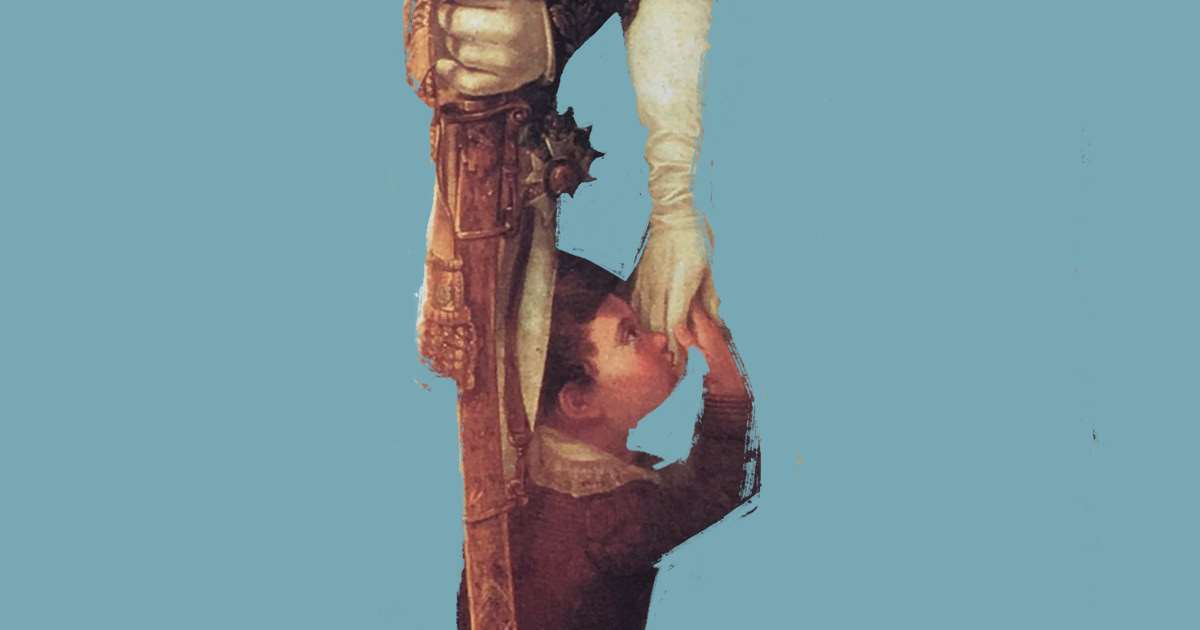Two centuries have passed since Brazil’s independence was proclaimed on the banks of the Ipiranga River, but even today we continue to be surprised by aspects related not only to the historical event itself, but to the role played by certain people and institutions. With 67 pages dedicated to the bicentennial, this special issue of Pesquisa FAPESP—conceived, planned, and written over the last six months—presents some of the results of scientific research on a topic that has likely never involved as many researchers as it does today. One example is Dicionário da Independência: História, memória e historiografia (Independence dictionary: History, memory, and historiography), organized by historians Cecília Helena de Salles Oliveira and João Paulo Pimenta. Set to be released shortly, the book features contributions from 276 specialists from 11 countries and a range of generations. In this and other works, interpretations of the past—some by Brazilian nobility and some by members of the Brazilian Academy of Letters—were examined by academics and graduate students from all over the country. The results appear in interdisciplinary readings of the period, which extrapolate the events of the Rio-São Paulo axis and seek to contextualize the proclamation of independence based on transformations in a world marked by the emergence of constitutional and representative states.
One of the findings of this effort relates to indigenous participation in the political separation of Brazil from Portugal. Recent studies involving archives of documentation from villages and notices sent by provincial governments show that native peoples were not excluded from the political debate and that to claim their rights, they adopted many ideas already used elsewhere in the Americas and Europe. While research carried out prior to the 1980s can be defined as “chronicles of the extinction” of these peoples, the theme acquired new elements at the end of the last century based on debates held in the National Constituent Assembly in 1987. It was up to intellectuals such as anthropologist Manuela Carneiro da Cunha to promote the development of the so-called “new indigenous history,” by analyzing documents related to indigenous policy.
The debate on maintenance of the national territory after independence is also important. Historiography experts have been working to demonstrate that the image of a cohesive territory was a narrative constructed in the imperial period. By focusing on this aspect, they aim to show the nuance in comparisons with events in Hispanic America, rather than just contrasting what happened in these other 18 countries. It should be remembered that the current territory of Acre was annexed in 1903. A greater focus was also placed on the divergences that marked the Brazilian constitution, such as movements that opposed emancipation and attempts to break from the government of Dom Pedro I (1798–1834), especially in provinces that believed their demands were being ignored by the country’s leaders. Slavery has been examined as one explanation for why Brazil has not fragmented.
Contemporary investigations into science’s role in the construction of Brazil, meanwhile, have confirmed the findings of historian Maria Odila Leite Silva Dias in the 1960s, in which she highlighted the pragmatism of the Portuguese government in promoting botanical and mineral surveys with the aim of finding products with commercial value. The historian Iris Kantor observes that science was part of the Empire’s survival strategy and that by supporting scientific activities and institutions, the monarchy and later the Empire endeavored to create a positive image of colonization. Cartography was fundamental to this effort. Maps made it possible to signal control over the territory and manage populations by indicating places subject to taxation of goods.
In addition to the use of nautical cartography from the slave trade to exert power and domination, these old maps have also led to some interesting discoveries. Fernanda Deminicis de Albuquerque, a historian who studied a map recently exhibited at the Naval Museum in Rio de Janeiro, identified a drawing less than one centimeter tall of an indigenous person shooting an arrow above a globe.
Images constitute a separate chapter in research on the theme of emancipation. It is now clear that when commissioning paintings for the Paulista Museum, Afonso d’Escragnolle Taunay (1876–1958), an engineer and historian from Santa Catarina, wanted to create a portrait of the history of Brazilian independence that excluded public participation and established an elitist, peaceful narrative. It is also well known that while it was not meant to serve as a faithful representation of reality, the painting Independência ou morte! (Independence or death!) cannot be considered mere fiction. According to historian Michelli Scapol Monteiro, the painting by Pedro Américo (1843–1905) expresses an intense study of Brazilian history and culture. Scientific cooperation between Brazil and Portugal is currently growing, as described in this special issue’s final article.
A section of the Pesquisa FAPESP website is dedicated exclusively to the content presented in this issue and other reports, videos, and podcasts related to the bicentennial of the Independence of Brazil.
Republish